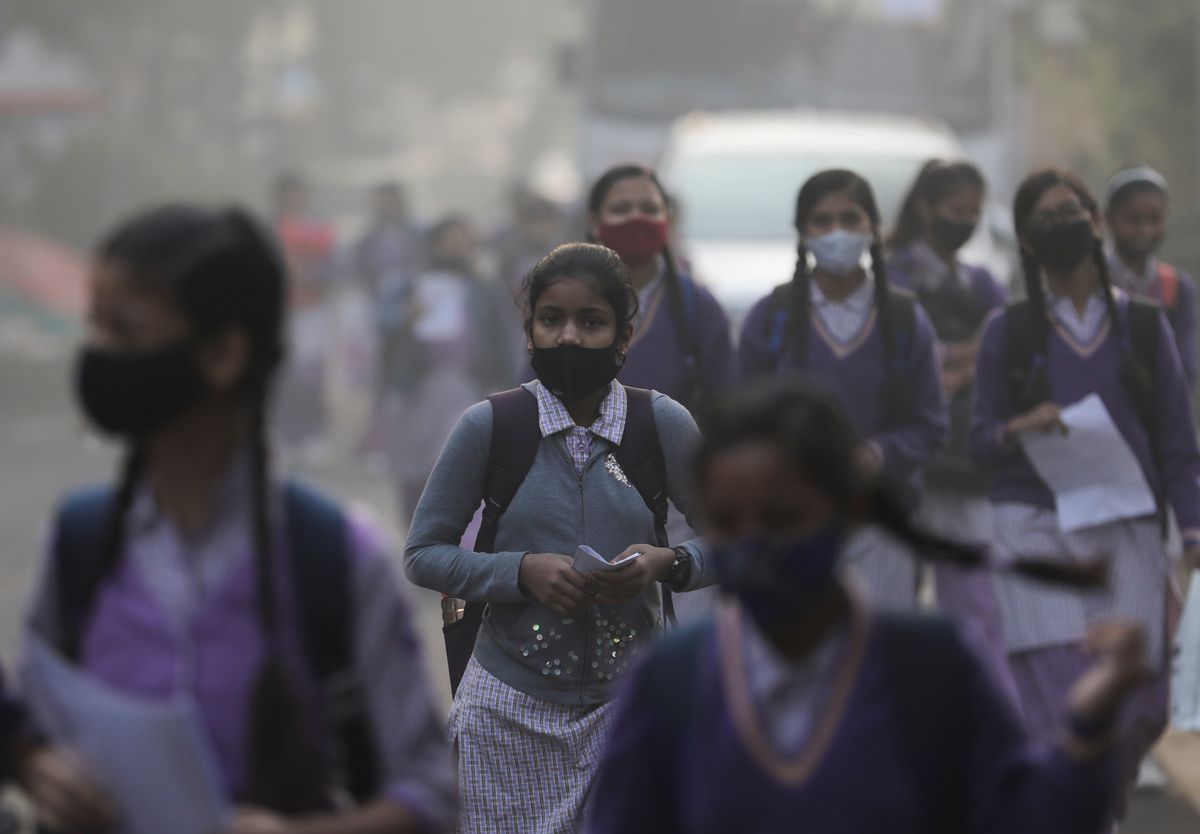India’s strategy at the COP27 climate conference
In New Delhi – the capital of India – farmers have been burning crop stubble, and the winter winds are super calm, causing smog to smother the city.

A few minutes every morning is all you need.
Stay up to date on the world's Headlines and Human Stories. It's fun, it's factual, it's fluff-free.
In New Delhi – the capital of India – farmers have been burning crop stubble, and the winter winds are super calm, causing smog to smother the city. Burning crops is actually illegal in India, but lots of people do it anyway because its cheaper than transporting it for disposal. On Friday, schools and businesses shut down because of the air pollution. This is a real blow to the country because India has been ramping up its renewable energy goals – especially with solar – and speeding up renewable energy initiatives.
Now, at the COP27 environmental conference in Egypt, India is making waves. Its delegation is calling out rich, developed countries to finally get on with their decade-old promise to provide US$100 billion in climate finance to developing nations every year. These countries include the US, UK, France and Germany. Not only that, but India is also saying that promised US$100 billion needs to be boosted with the times to keep up with current climate goals. For developing countries like India to fully transition to cleaner energy, they’ll need international aid.
Key comments:
"It is the responsibility of all of us to take initiative at every level to stop pollution," said Delhi's state environment minister Gopal Rai.
"The goal of $100 billion per year of climate finance by 2020 and every year thereafter through till 2025 is yet to be achieved," the Indian government said in a statement ahead of the COP27 event on November 6.
"India's position extends to funding for adapting to the impacts of climate change, and more controversially – to compensation for loss and damages from climate events," said Roman Kramarchuk, head of Future Energy Analytics at S&P Global Commodity Insights.




Comments ()